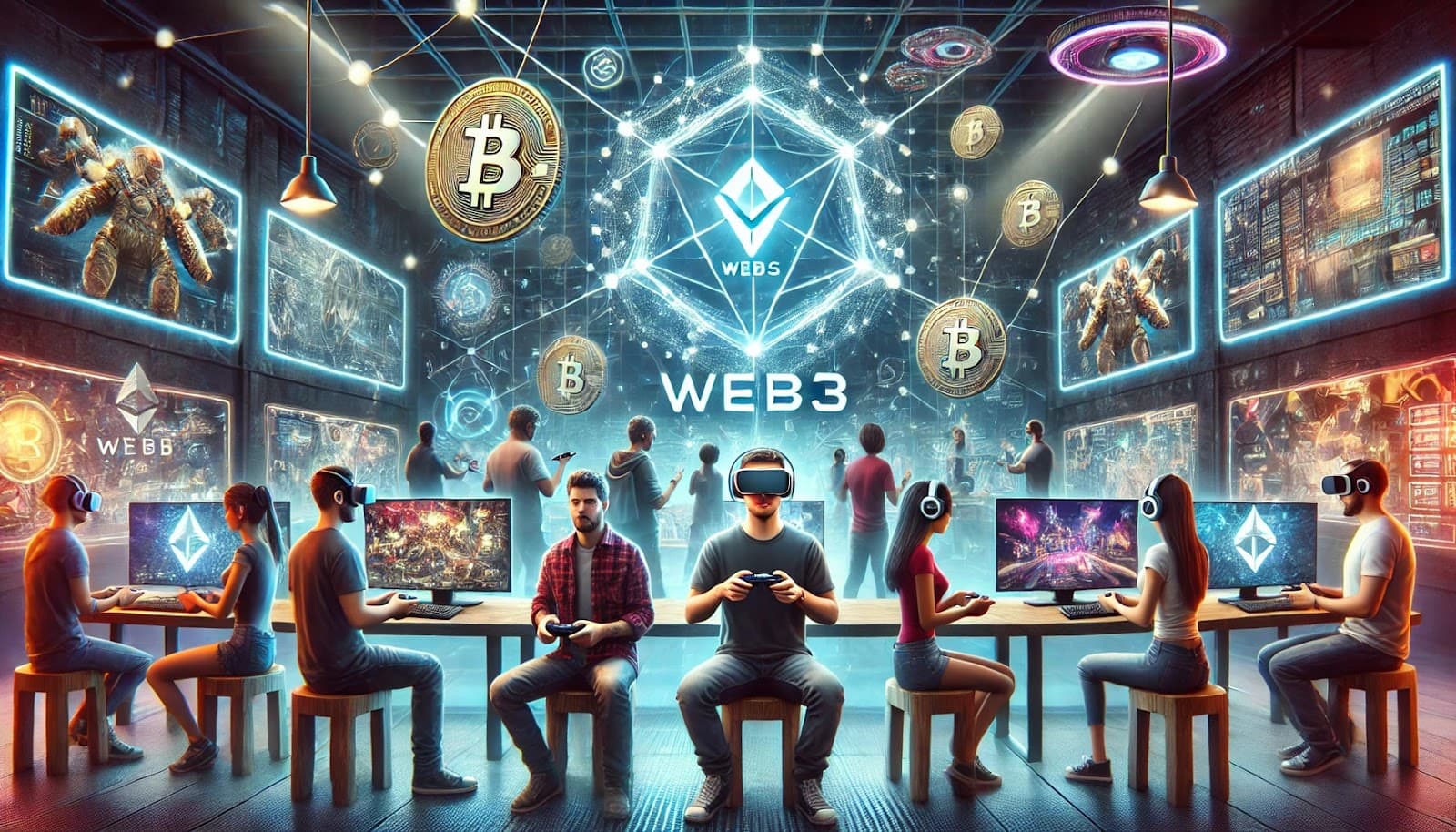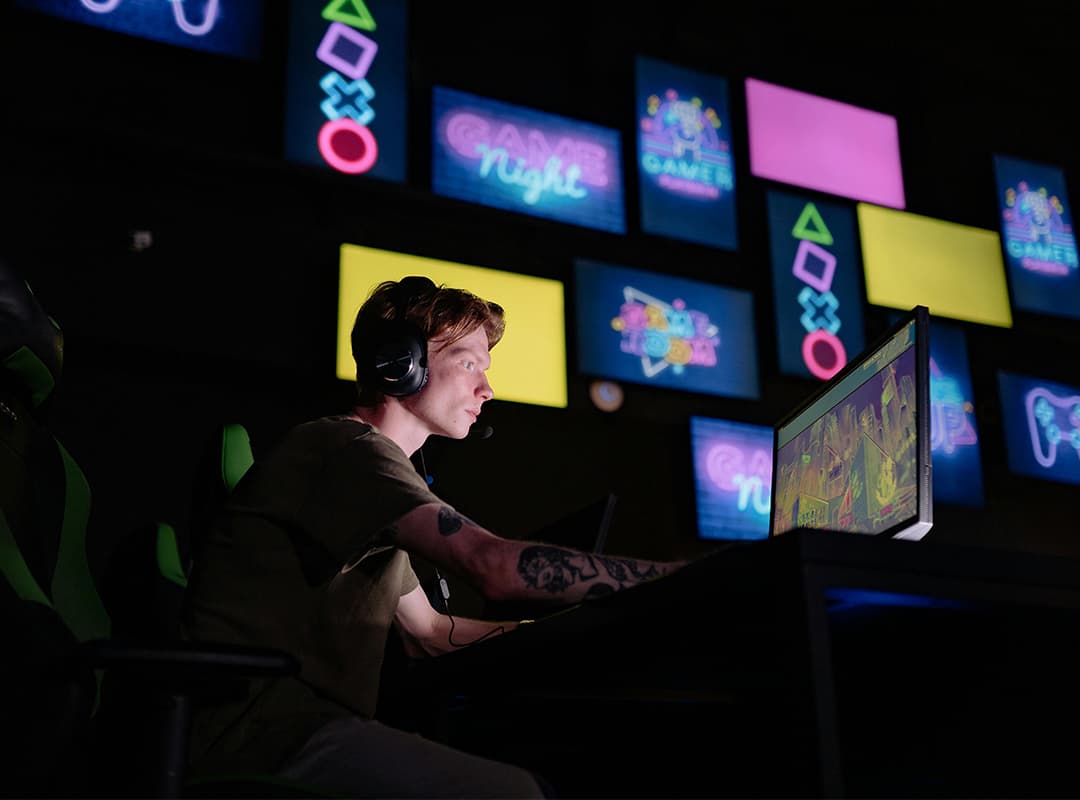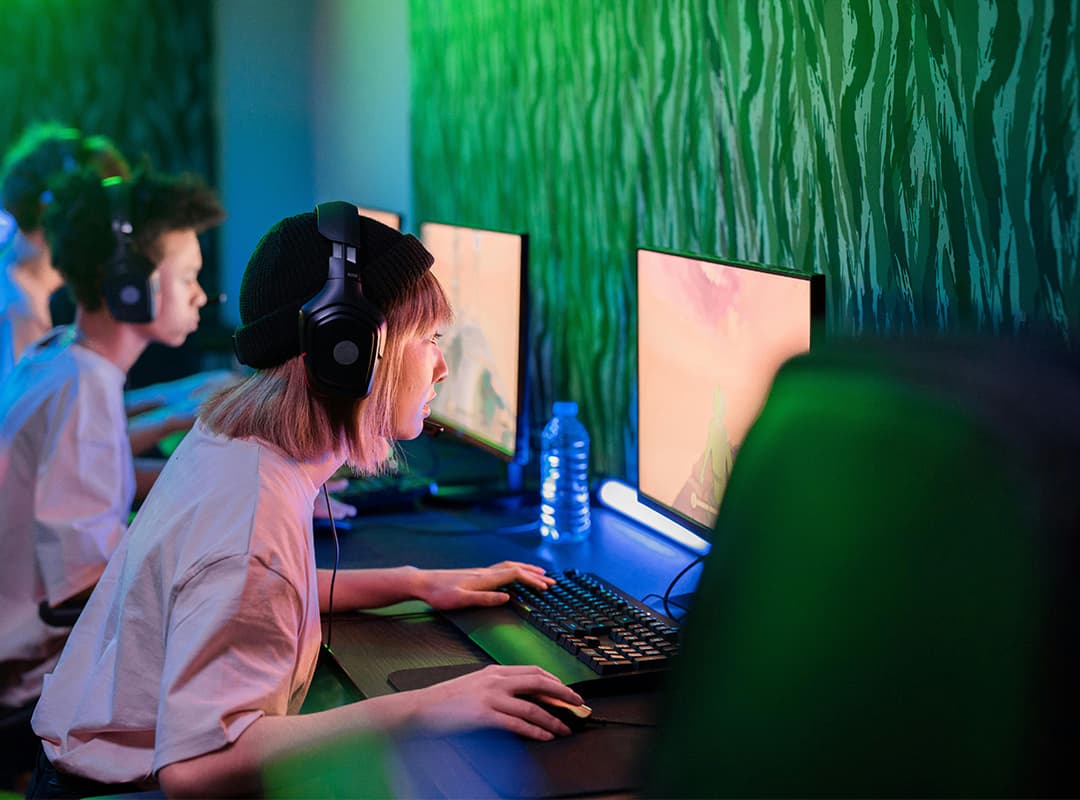In 2024, Web3 technology is heralding a new era in the gaming industry, fundamentally transforming how games are developed, monetized, and played. Rooted in the principles of decentralization, transparency, and user empowerment, Web3 introduces an infrastructure built on blockchain technology that allows for unprecedented levels of player ownership and economic models that extend beyond traditional gaming paradigms. As gamers and developers alike navigate this novel landscape, the impact of Web3 is becoming increasingly apparent, promising to reshape the gaming market in ways previously unimaginable.
This shift is not merely technical but cultural, marking a significant departure from the centralized systems that have dominated the industry for decades. Web3 gaming platforms empower players by providing them ownership of in-game assets through non-fungible tokens (NFTs) and enabling participation in the game’s governance through decentralized autonomous organizations (DAOs). As we explore how these innovations are integrating into the gaming industry in 2024, it becomes clear that Web3 is not just altering the mechanics of gaming but is also fostering a more inclusive and equitable gaming ecosystem.
The Impact of Web3 Technology on Gaming
Web3 technology is fundamentally reshaping various industries, notably gaming, by introducing a decentralized network architecture built on blockchain technology. This shift enhances security, reduces dependency on centralized servers, and democratizes data and asset ownership, allowing users unprecedented control over their digital interactions.
Key Features in Gaming:
- Smart Contracts: Automate transactions and enforce rules without intermediaries.
- Decentralized Applications (dApps): Operate on a peer-to-peer network, enhancing independence from centralized servers.
- Tokenization: Supports the creation and use of cryptocurrencies and digital assets within games.
- Non-Fungible Tokens (NFTs): These digital assets can be traded, sold, or used across different platforms, adding utility and value beyond the game itself.
- Transparency and Security: Blockchain integration ensures secure transactions and transparent operations.
- Player Engagement and Monetization: Opens new avenues for player engagement and innovative monetization strategies.
Current State of the Gaming Industry
As of 2024, the gaming industry continues to thrive as a colossal entertainment sector, marked by rapid innovation and expansion across various platforms. Globally, the industry has witnessed a surge in both its user base and economic footprint, fueled by the proliferation of mobile gaming, persistent advancements in console and PC gaming technologies, and the integration of new tech like virtual reality (VR) and augmented reality (AR). The market’s dynamics are shaped by a diverse demographic spanning all ages and backgrounds, making gaming a universally appealing pastime and a powerful cultural phenomenon.
However, the traditional gaming models are increasingly challenged by emerging technologies and changing player expectations. Historically, game publishers and developers have relied heavily on direct sales and in-game purchases, but the landscape is shifting towards more immersive and financially inclusive models. Subscription services and free-to-play models with microtransactions have become more prevalent, reflecting a move towards ongoing revenue generation. At the same time, issues such as game ownership, player data privacy, and the centralization of player accounts under proprietary platforms remain points of contention. These elements set the stage for the transformative impact of Web3 technologies, which promise to address many of the limitations and consumer concerns associated with current gaming practices.
Impact of Web3 on Game Development Now
The advent of Web3 technology marks a significant shift towards decentralized gaming platforms, contrasting sharply with traditional centralized models. Instead of being controlled by a single entity, game servers and data are distributed across a blockchain network. This decentralization boosts security by minimizing risks associated with data breaches and server downtime and enhances transparency in game operations.
Integration of Smart Contracts
Web3 enables the incorporation of smart contracts into games, which autonomously execute actions based on predefined rules. This innovation fosters trustless environments where transactions or events can occur without intermediaries, ensuring fairness and adherence to the game’s rules without external oversight.
Tokenization and Monetization Opportunities
Developers can explore new monetization strategies through tokenization, issuing game-specific tokens or integrating existing cryptocurrencies for in-game purchases, rewards, and player-to-player transactions. These tokens can represent a variety of in-game assets, from virtual real estate to unique character skins or even governance rights within the game ecosystem.
Utilization of Non-Fungible Tokens (NFTs)
NFTs enable players to own unique digital assets that are verifiably scarce and transferable across games and platforms, promoting interoperability. This adds depth to the gaming experience and fosters a secondary market where players can trade assets, akin to trading physical collectibles.
Encouraging Dynamic, Community-Driven Game Designs
These technological shifts are prompting developers to move beyond traditional game designs to create more dynamic, community-driven, and economically vibrant ecosystems. This not only enhances player engagement and investment but also compels developers to continually innovate within this evolving landscape.
Conclusion
The integration of Web3 technology into the gaming industry in 2024 represents a significant shift towards more democratic, secure, and innovative gaming experiences. By leveraging blockchain technology, developers are not only able to create games that offer true ownership, increased transparency, and enhanced security but are also pioneering new economic models that empower players through financial participation and decision-making roles. This transformation is not merely technical; it’s profoundly cultural, changing how players interact with games and each other, fostering a more connected and interactive community.
As we look to the future, the possibilities of Web3 in gaming are vast and exciting. The technology is set to further blur the lines between gaming and real economic value, potentially transforming games into platforms not just for entertainment but also for meaningful personal investment and growth. However, the journey will likely be accompanied by challenges—technical hurdles, regulatory questions, and the need for widespread consumer education. Addressing these issues will be crucial for the successful adoption and growth of Web3 gaming. Embracing this new era of gaming technology means moving towards a more inclusive and player-centric industry, promising a revolution in how we perceive and engage with digital worlds.




